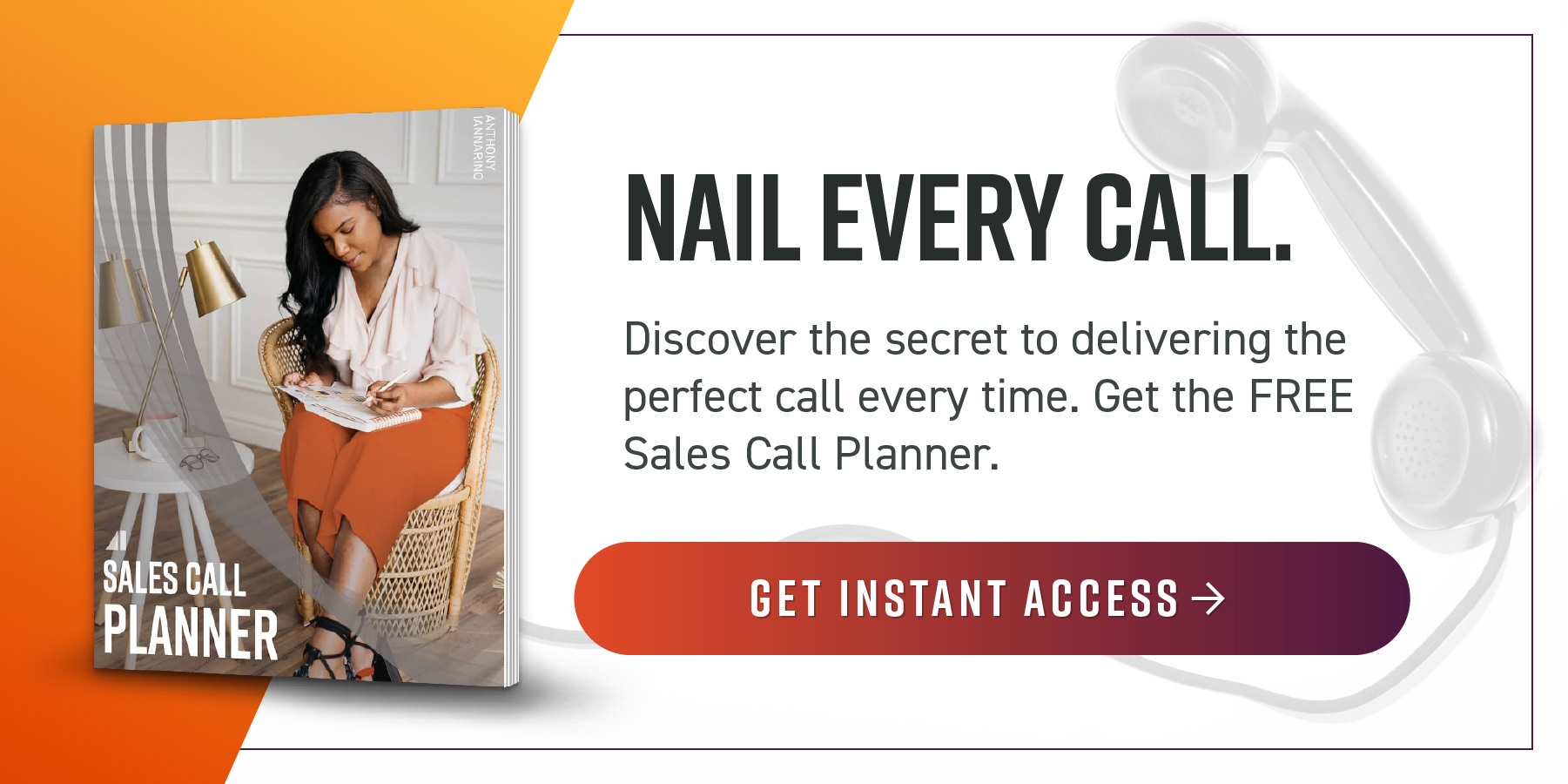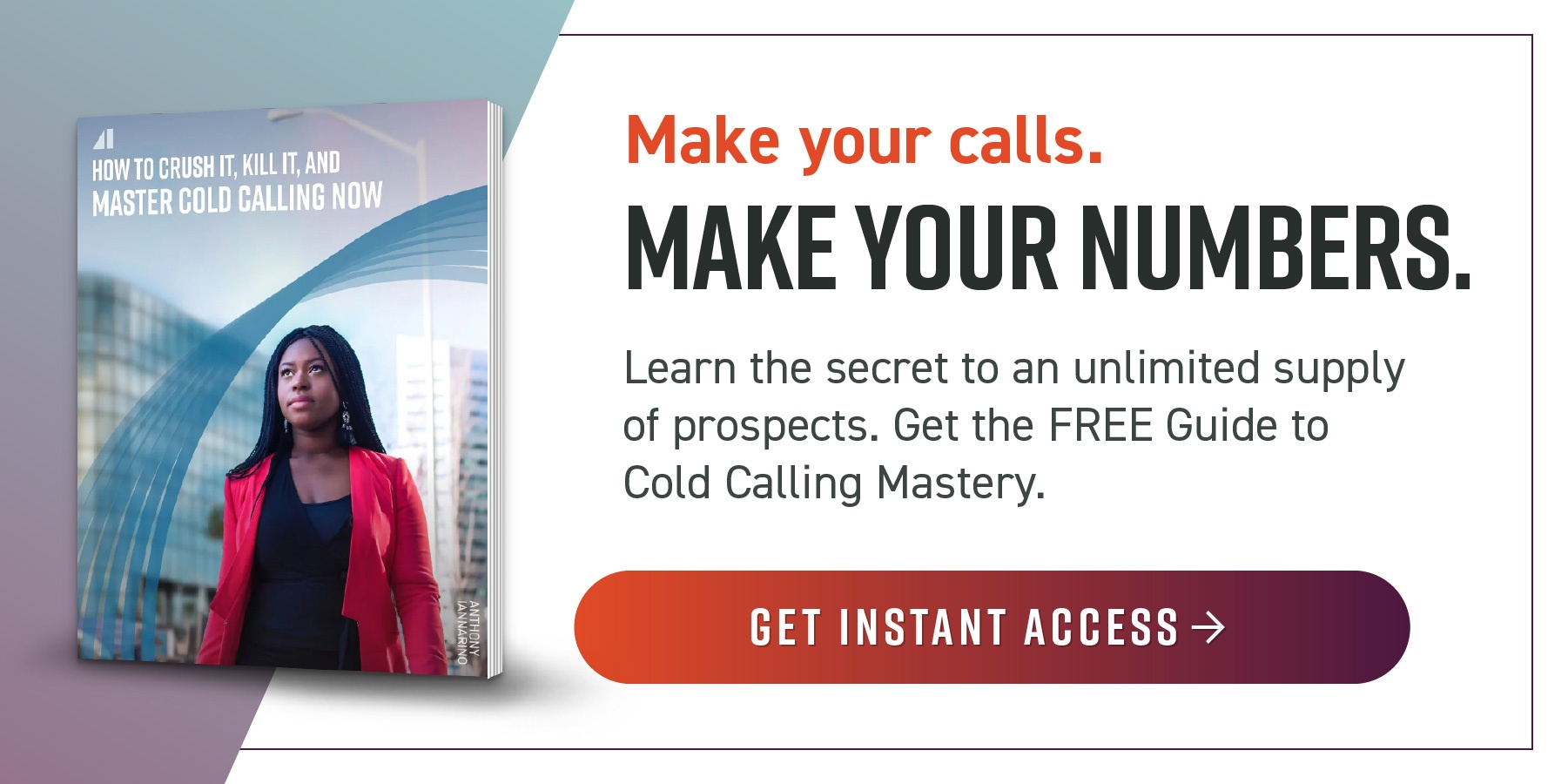No matter how you slice it, sales prospecting is challenging.
You may have heard the troubling stats about sales prospecting emails, that sales emails only have an open rate of 9%.
It’s enough to make you feel like sales prospecting via email isn’t even worth the effort Finding the right emails is not a piece of cake, however, the company email finder can be the solution to find people working in any company and look up their professional email addresses" next to "Done well, it can position you as someone with the ability to help your contact improve their results.
You’ve spent countless hours honing your messaging. You believe you have the perfect prospecting email for your target population. Then, you hit send. And then… crickets.
Unlike a cold call, where your rejections will come swiftly and clearly, rejection via email is often a lot subtler. The most common type of rejection is silence. So, what do you do? Continue to send emails into the abyss of the internet, or give up on prospecting emails altogether?
I suggest you do neither. Instead, reframe your prospecting sales emails and chart a new course. This post will provide you with five incredible examples of sales prospecting emails that you can copy to take your email prospecting game to the next level.
The Importance of the Sales Prospecting Email
As a disclaimer, my view on the use of sales email is quite a bit different than most. Email prospecting should never be your primary method for reaching potential clients, as you are competing for attention in an inbox that averages 127 emails every day, not counting the ones that are immediately sent to the spam folder.
The automation processes used by many organizations and salespeople now make every email suspect. That said, using email in your prospecting sequence can help you book meetings, even if the email isn’t the medium you used to book the meeting.
Email prospecting is another touchpoint that creates familiarity and demonstrates your persistence in a patient and professional manner. When executed effectively, email prospecting can position you as someone capable of helping your contact improve their results.
RELATED READ: Email Rules for Good (Sales)people
Prospecting has evolved from cold calling to a process that takes advantage of the multiple mediums available, as well as the social channels. You want to use the phone first, as gaining a meeting on a call means you don’t have to complete all the steps in your prospecting sequence. But you also want to use voicemail, email, video, insight-based assets, traditional mail, and text messaging. Don’t limit your prospecting to one medium.
My use of email in prospecting is different from how many others use email. Because I always start every prospecting sequence with a cold call and leave a voicemail, I use email as a follow-up, executing all three steps in that order.
My general pitch for a meeting is asking for 25-minutes to provide my contact with an executive briefing on the trends that are likely to impact their business. Because I don’t know if the contact is going to listen to my voicemail or read my email, I do both.
What separates my approach from other approaches is that I never ask a prospective client to call me back. Instead, I tell them I am going to try to reach out to them again a day later.
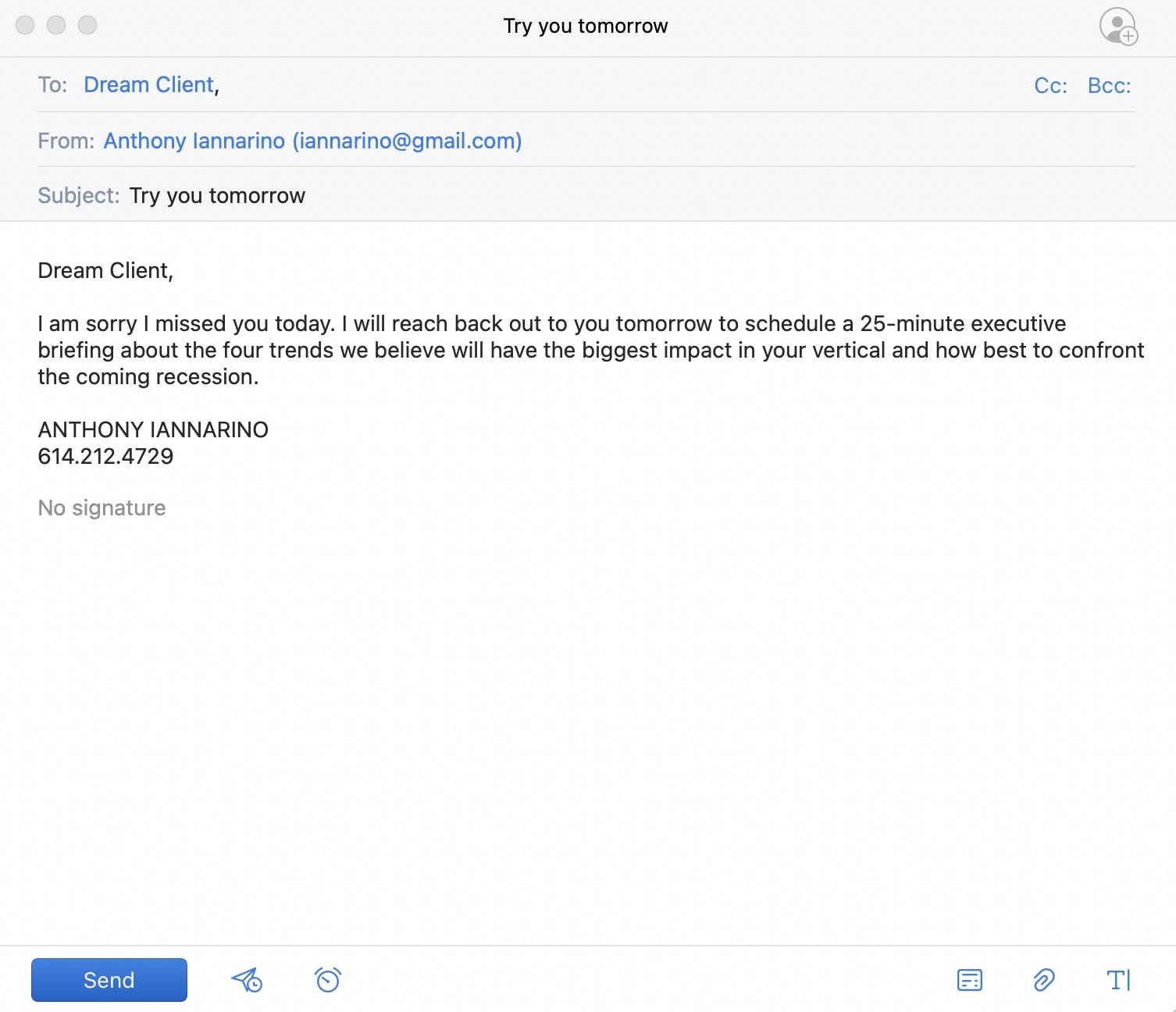
Cold Outreach Emails
Cold outreach using email is important because a lot of your prospective clients live in their inbox, with many of them opening their inboxes as soon as they wake up. But not all emails are created equal, and there are a number of pitfalls that will speed your email into your client’s trash folder.
The best way to accomplish a fast ride to the trash is to write about who you are (no one cares), information about your company (which doesn’t raise anyone’s temperature), and the clients you serve, especially when they are your dream client’s competitors (the problem with being clueless is that you don’t know you are clueless).
The final insult is expecting the person who is trying to schedule on your calendar after you sent them a self-oriented email like the one below:
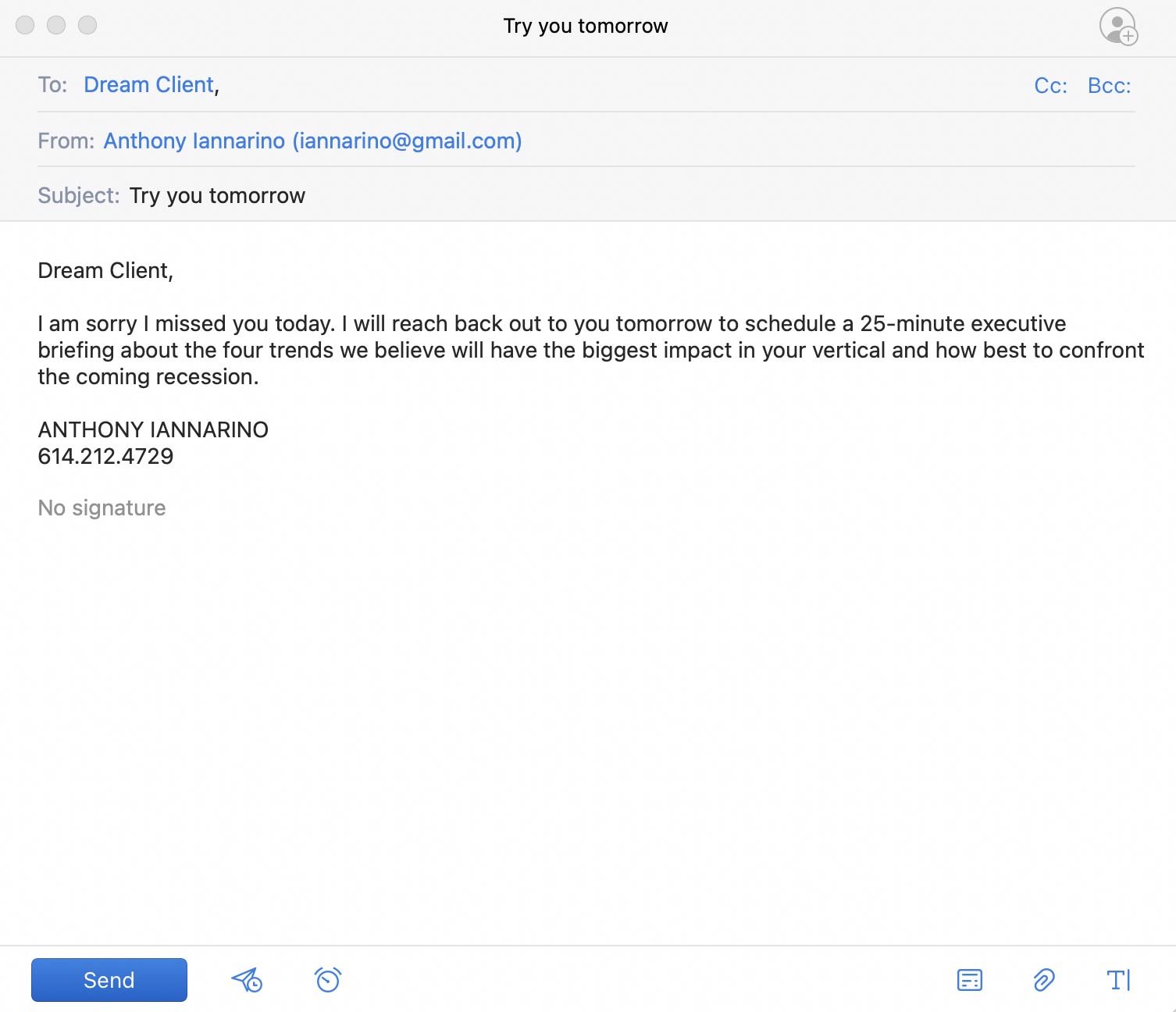
Selling isn’t something you do at a distance, and there is no number of PDFs that will cause your prospective client to pick up the phone and call you to schedule a meeting.
The variable to success in prospecting is your ability to provide the client with a value proposition that is valuable to your prospective client. There are few contacts that hope to be pitched by a salesperson, but there are many who are willing to learn something that will help them improve their results.
This short email starts with a subject line that grabs attention without going overboard. Mentioning an executive briefing suggests you might have something worth knowing. Hinting at a challenge with data the client isn’t likely to know can increase their willingness to give you time.
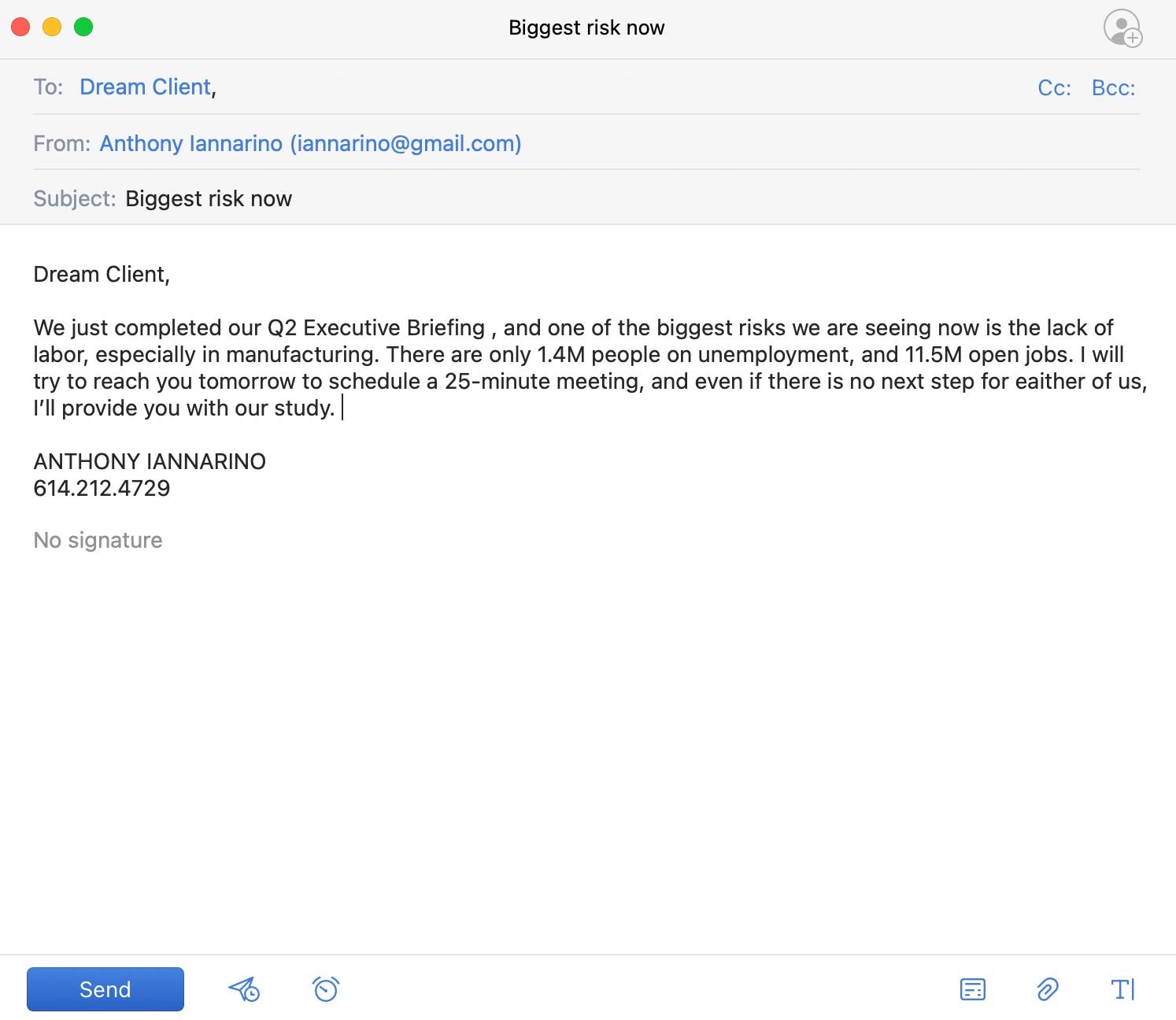
Prospecting Email Subject Lines
Your subject line is going to cause people to engage with your email or hit the delete button. You want your subject line to be short, with just a little intrigue. You would want to know your biggest risk.
What you would delete without feeling bad for the person who sent you an email with a subject line like: Bouncing this email back up to the top of your inbox (arrogant), Just checking in (time waster, lacking value), Partnership Request (delusional), Let me know, Anthony (a person I don’t know and don’t want to know).
Here is a smattering of subject lines from my spam folder:
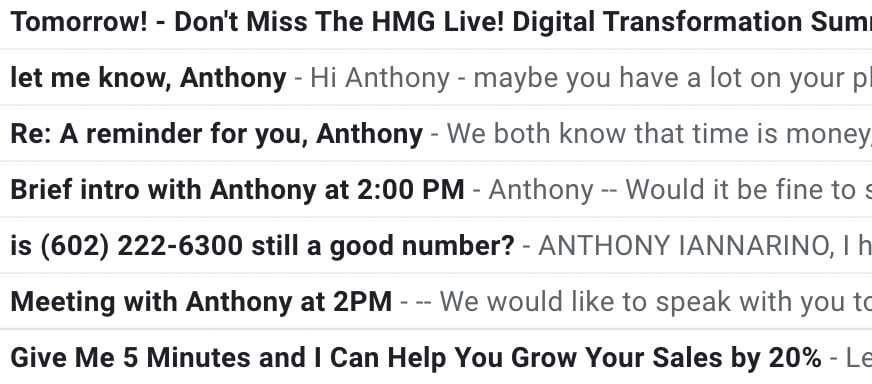
You need to have some insight that is valuable enough to share with your client to create a subject line that will cause your client to open an email. Once you have the insight, you can base the subject line on the insight. Here is an example:
Reuters in 2022 published a poll on US house price inflation. In the projections, 2022 will witness a 10.3% increase compared to 8% in 2021.
My subject line on a relevant email might be: Price Increase or Info on Price Inflation.
There are a lot of people with tactics that get an email opened, but your open rate isn’t as important as the content of your cold email. In all cases, you need something that speaks to the value you can create in a first meeting.
Value-Offer Email
There is every reason to create value before trying to claim value. Some of your cold emails can warm your contact up simply because you are making a deposit in your future relationship. To do this, you provide an email where the client gets value from the email itself. We call this a “No Ask” email.
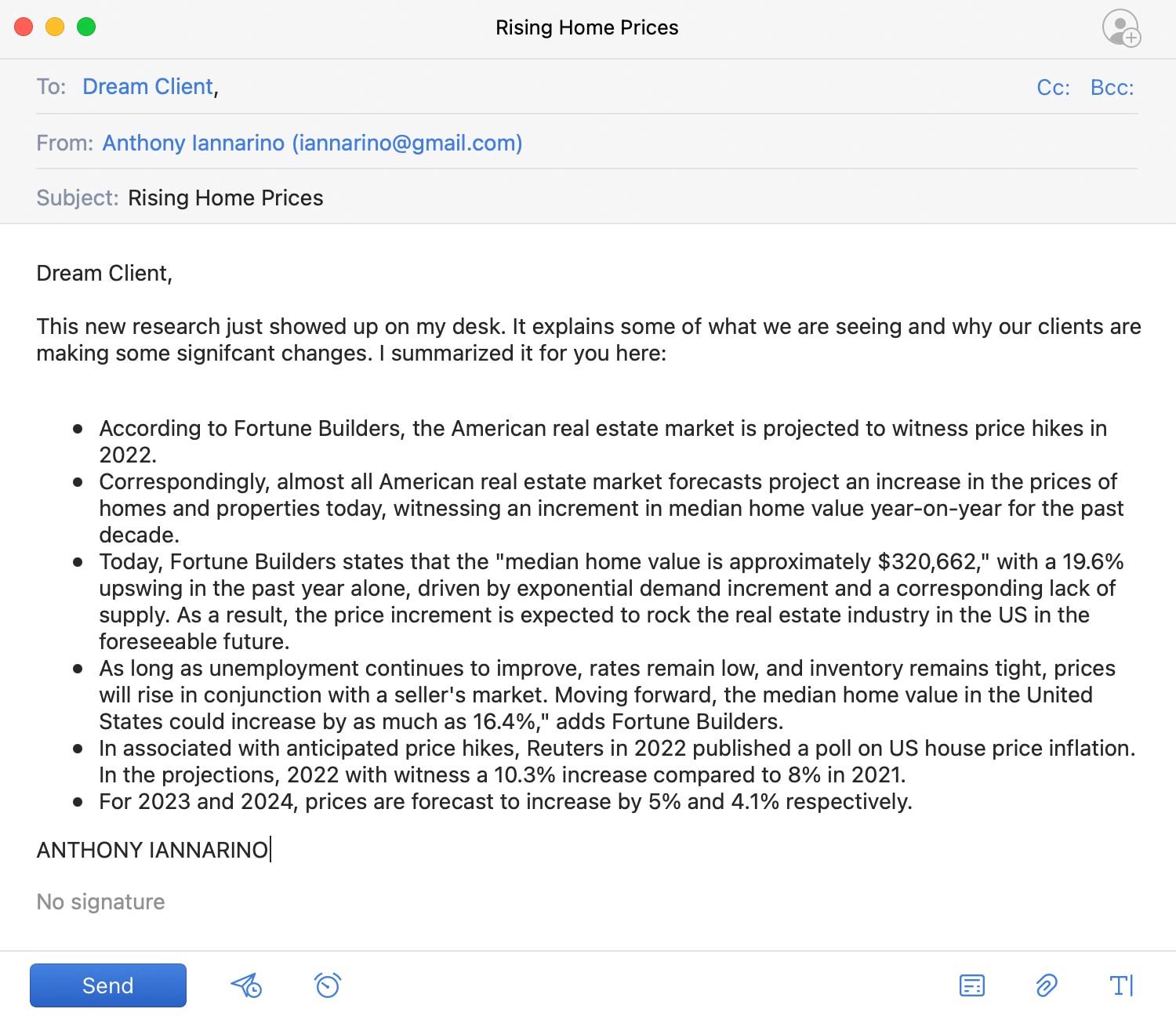
The reason you use insights like this is so your client recognizes you are an industry expert and you are on top of what’s going on, making you the kind of person someone would turn to for help.
Call-to-Action Email
There is little you can do to cause a prospect to click your calendar link or pick up the phone and call you. The call to action that can help you acquire a meeting is the promise that you are going to call the client back in the next forty-eight hours.
Your persistence often results in your contact picking up the phone when you call them, even though you risk a bad outcome as you try to create a good one. Some contacts will pick up the phone and apologize for not taking your calls or responding to your cold outreach. They will tell you they have been busy. Others will tell you they have no need and are not interested. I know you want the client to take action, and because that is true, you have to compel them to take your call, not ask them to pursue a meeting with you.
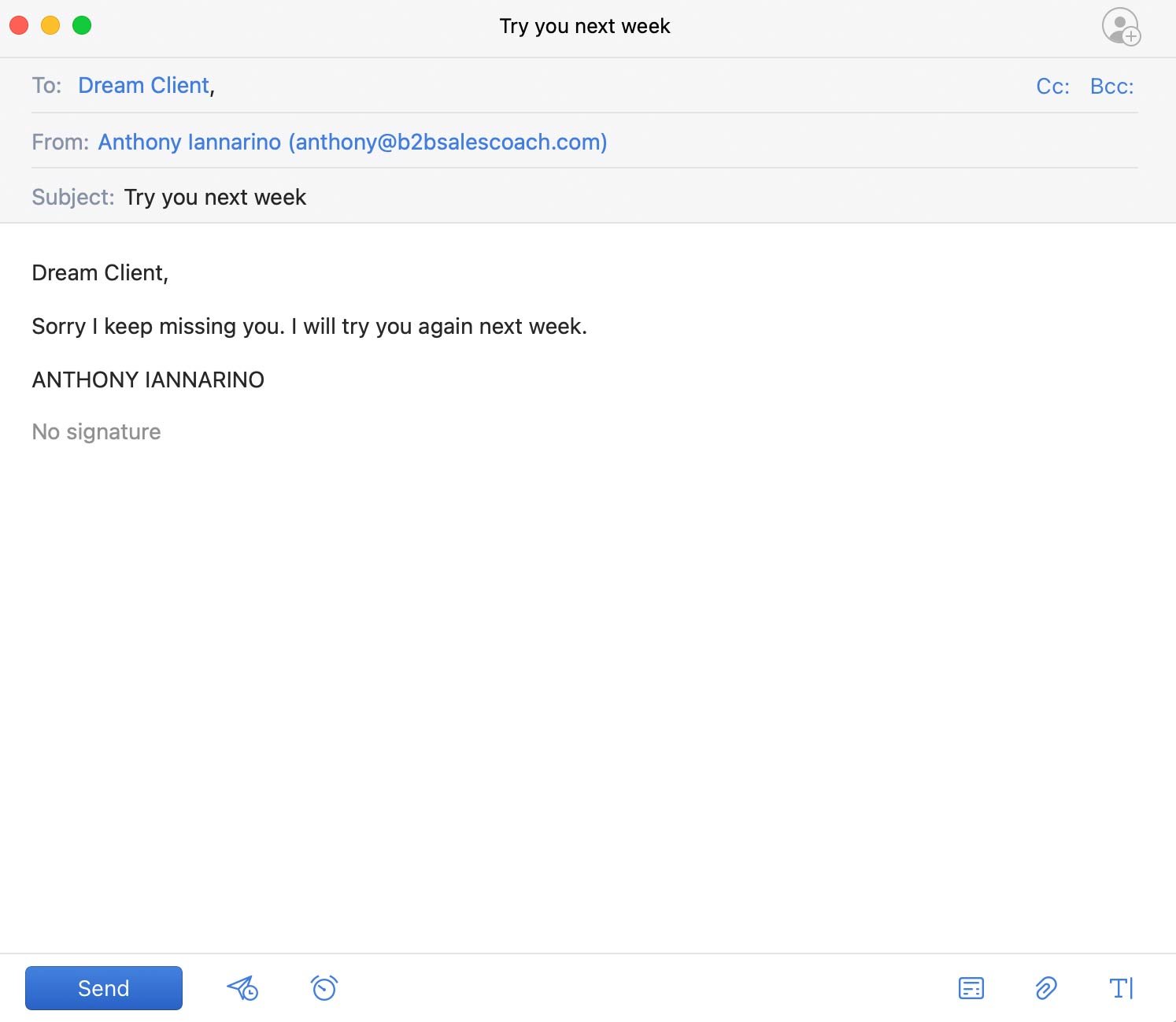
Content-Sharing Email
You want to share things that expose your contacts to your company. The best way to do that is through your company’s insights.
Like a lot of people, your contacts are not likely to spend their time reading long-form content. The biggest challenge here is asking the client to do the work of reading and understanding the value of the content.
Don’t require the client to read what you send them by summarizing it for them. If it’s valuable, they’ll share it with others.
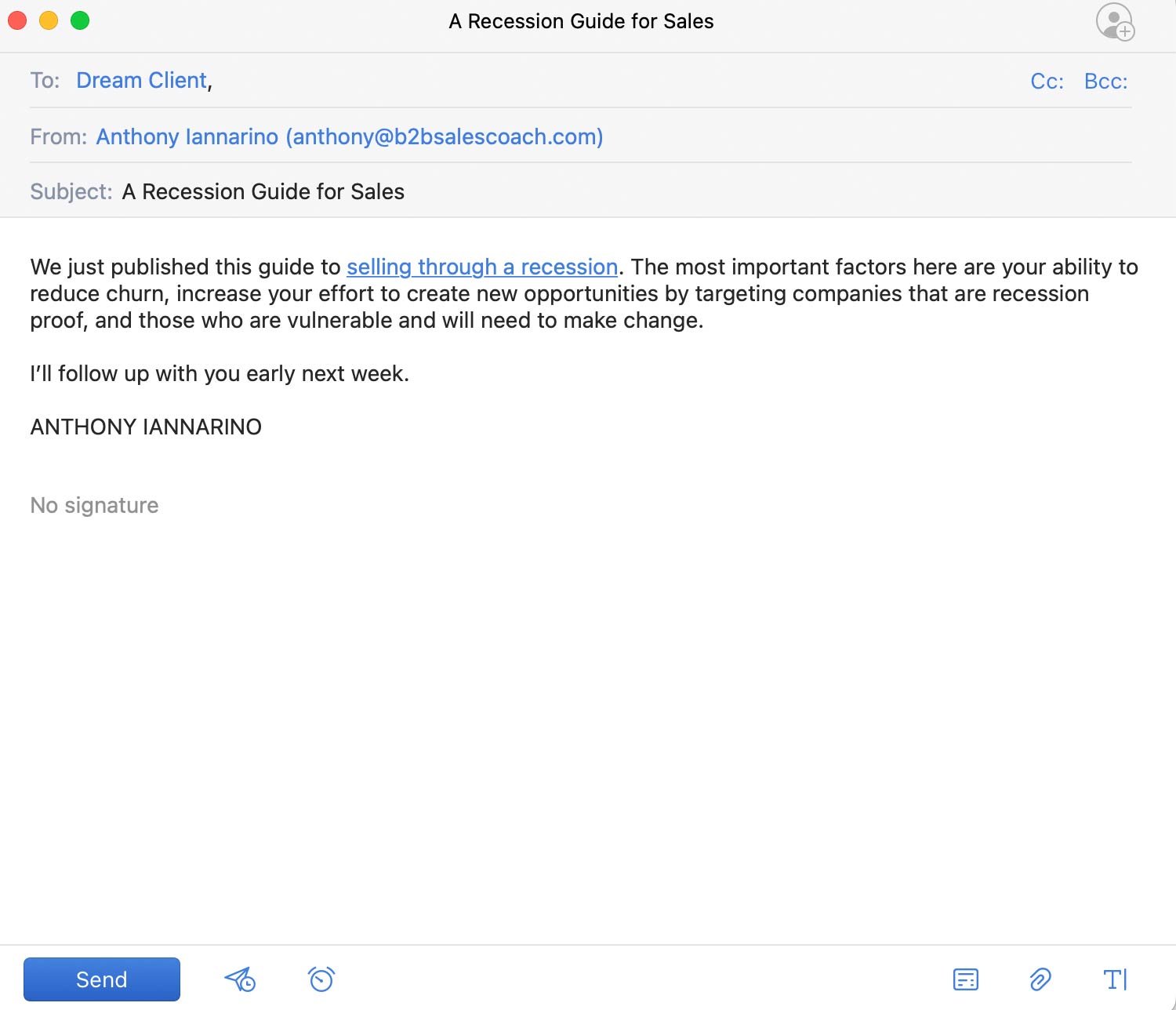
Next Steps: After the Sales Prospecting Email
Though sales prospecting emails are an important part of your prospecting process, you don’t want to lean on email too heavily. Make sure that your prospecting sequence uses all the mediums available to you.
These templates can help you build your sequence, but to get the best results from them, you’ll need to improve the rest of your sales skills.
Pursuing sales training, like my Sales Accelerator, can help you level up your sales skills. With these improved skills, you’ll have a better chance of capitalizing on the opportunities these email templates will help you create.






